Winter running presents a unique set of challenges that demand specialized gear to ensure both performance and safety. Unlike regular running, snow-covered trails and icy paths require equipment that provides traction, warmth, and visibility. The right gear can make the difference between an exhilarating workout and a miserable, potentially hazardous experience.
Traction is paramount when running on snow or ice. Standard running shoes lack the grip needed to prevent slips and falls. Many winter runners opt for shoes with aggressive outsoles or attachable traction devices like microspikes or crampons. These additions bite into icy surfaces, providing stability with each stride. Some dedicated winter running shoes even incorporate built-in studs or specially formulated rubber compounds that remain flexible in freezing temperatures.
Layering strategy becomes crucial for temperature regulation during cold-weather runs. The base layer should wick moisture away from the skin, while mid-layers provide insulation. A windproof and water-resistant outer shell completes the system. Many experienced winter runners follow the "dress for 20 degrees warmer" rule to avoid overheating once their body temperature rises. Merino wool has gained popularity for its natural temperature regulation and odor-resistant properties.
Visibility concerns escalate during winter months when daylight hours shrink. Reflective elements on clothing and accessories become essential safety features, especially for runners who train during dawn or dusk. Many winter running jackets now incorporate 360-degree reflectivity, while some runners add LED lights or blinking armbands for enhanced visibility. The contrast of dark winter clothing against snow can actually make runners less visible to drivers, making high-visibility gear particularly important.
Protecting extremities often proves challenging in frigid conditions. Winter running gloves have evolved to include touchscreen-compatible fingertips while maintaining warmth. Some runners prefer mittens for extreme cold, as they allow fingers to share warmth. For the head, technical hats that wick moisture while covering ears prevent heat loss. Balaclavas or neck gaiters provide facial protection against wind chill, with some designs featuring breathable zones to prevent moisture buildup.
Hydration presents unique problems in cold weather, as water bottles can freeze and hydration tubes may become blocked with ice. Insulated hydration systems have emerged to address these issues, with some featuring insulated tubes and others using chemical warmers. Many winter runners opt for handheld bottles with insulated sleeves or wear hydration packs under their outer layer to keep fluids from freezing. Electrolyte solutions can help prevent freezing while replacing minerals lost through sweat.
Foot protection extends beyond just traction. Waterproof socks or vapor-barrier systems prevent moisture from reaching the skin, reducing the risk of frostbite. Some runners apply waterproofing waxes to their shoes, while others choose footwear with built-in waterproof membranes. Gaiter systems that prevent snow from entering shoes have become increasingly sophisticated, with some integrating seamlessly with specific shoe models.
Technology integration has reached winter running gear as well. Heated apparel powered by lightweight, rechargeable batteries provides targeted warmth without bulk. Smart fabrics that adjust insulation based on body temperature are entering the market. Even simple innovations like magnetic glove closures or zipper pulls designed for use with gloves demonstrate how manufacturers are adapting gear for cold-weather usability.
Nutrition needs often change for winter running, as the body burns more calories to maintain core temperature. Many runners carry high-energy snacks that won't freeze solid, such as nut butters or specially formulated energy gels with lower freezing points. Insulated food containers can keep real food options available during long runs in extreme conditions.
The psychological aspect of winter running shouldn't be underestimated. Brightly colored gear can boost mood during gray winter days, while some runners find motivational tools like destination hot chocolate stops help maintain enthusiasm. The right gear not only protects the body but can also support the mental toughness required to run through challenging winter conditions.
As winter running grows in popularity, equipment options continue to expand and specialize. What began as adaptations of existing gear has evolved into purpose-built systems designed specifically for the unique demands of running in snow and ice. The market now offers solutions for every winter running scenario, from light snow in urban environments to extreme conditions in wilderness areas.
Investing in quality winter running gear pays dividends in both performance and safety. While the initial cost may seem high compared to standard running equipment, the ability to train comfortably and safely through winter months maintains fitness and provides a sense of accomplishment. As technology advances, winter running becomes increasingly accessible to runners of all levels who are willing to embrace the season's challenges.
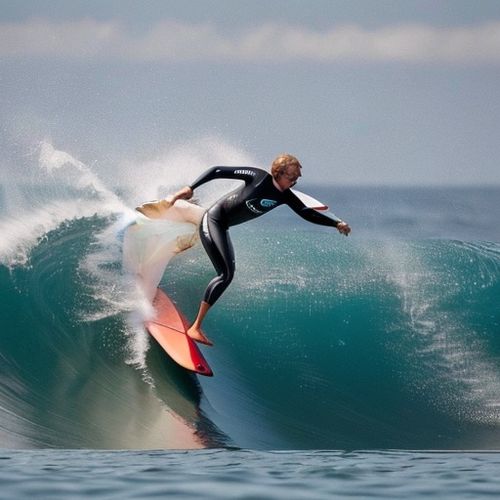
By Eric Ward/May 8, 2025
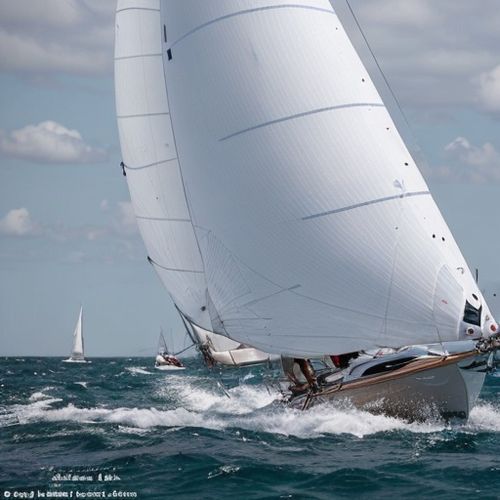
By Lily Simpson/May 8, 2025
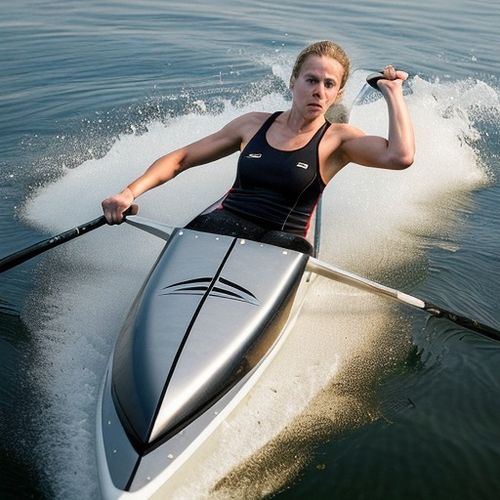
By Jessica Lee/May 8, 2025
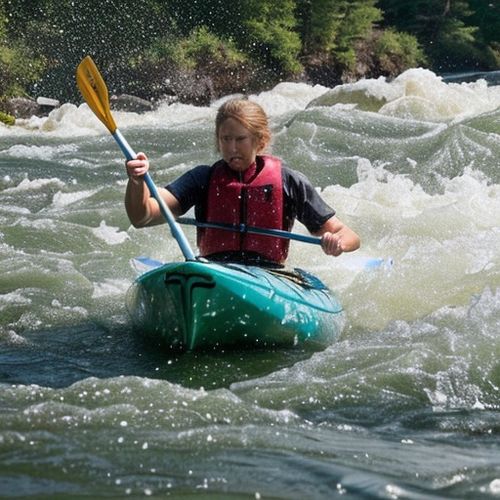
By Grace Cox/May 8, 2025

By Emily Johnson/May 8, 2025

By Rebecca Stewart/May 8, 2025
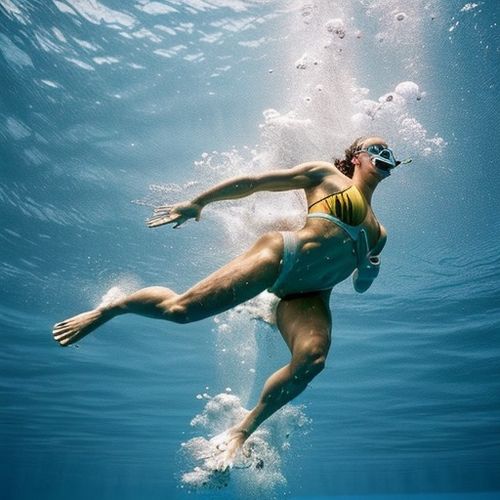
By George Bailey/May 8, 2025
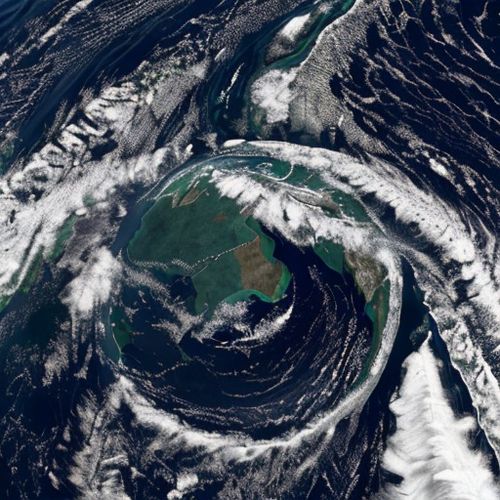
By Sophia Lewis/May 8, 2025
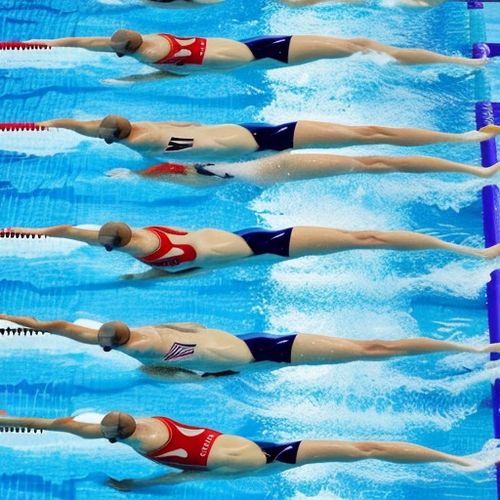
By George Bailey/May 8, 2025
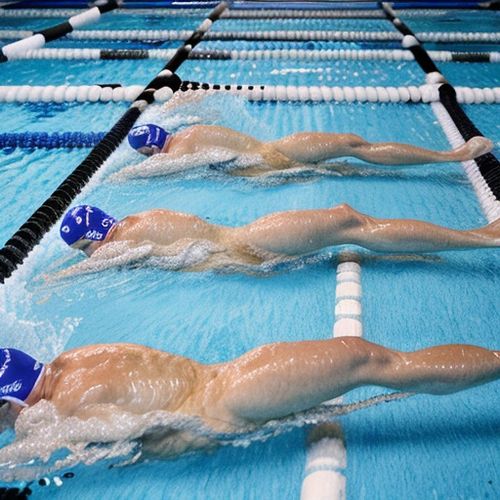
By Eric Ward/May 8, 2025

By James Moore/May 8, 2025
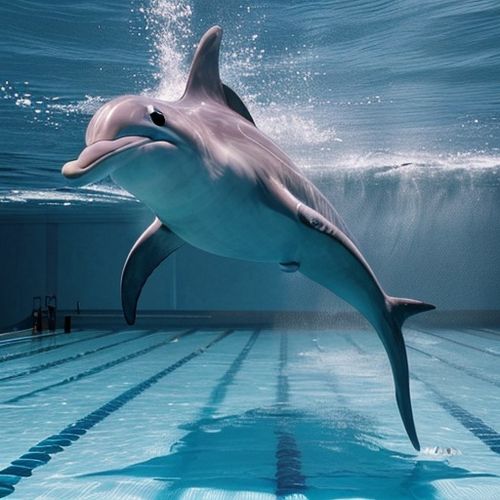
By Thomas Roberts/May 8, 2025

By Victoria Gonzalez/May 8, 2025
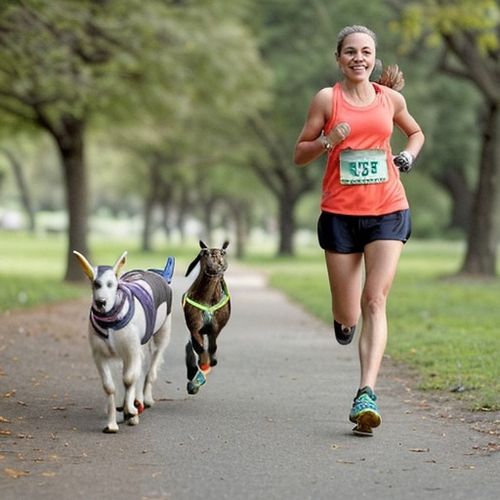
By Samuel Cooper/May 8, 2025
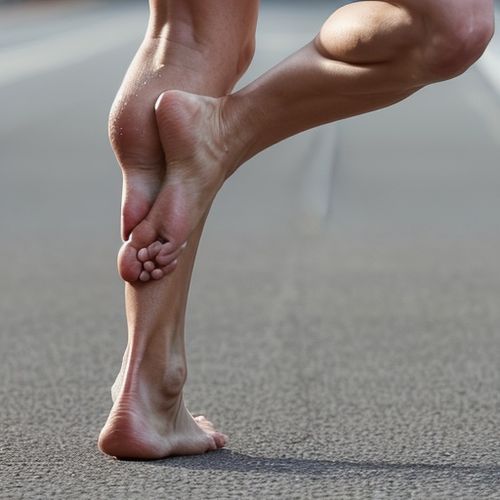
By David Anderson/May 8, 2025

By Joshua Howard/May 8, 2025
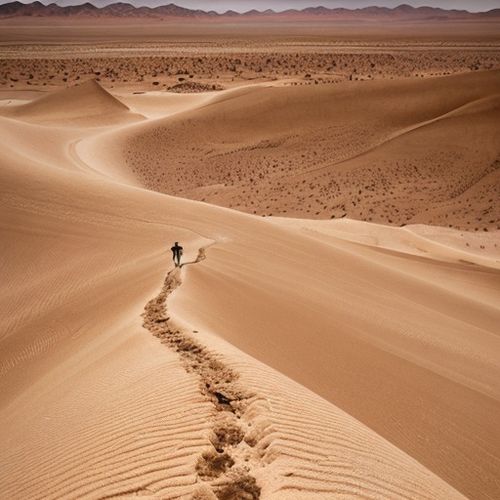
By Michael Brown/May 8, 2025
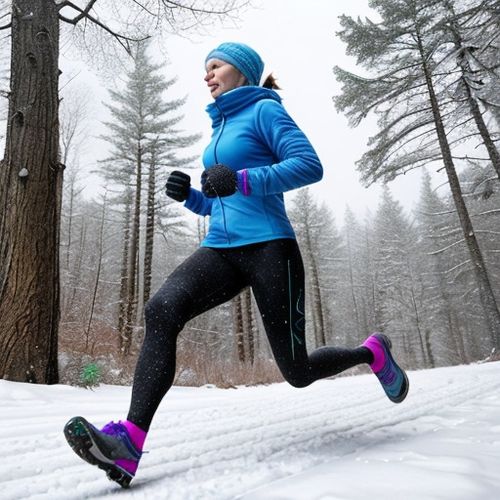
By Elizabeth Taylor/May 8, 2025

By Benjamin Evans/May 8, 2025
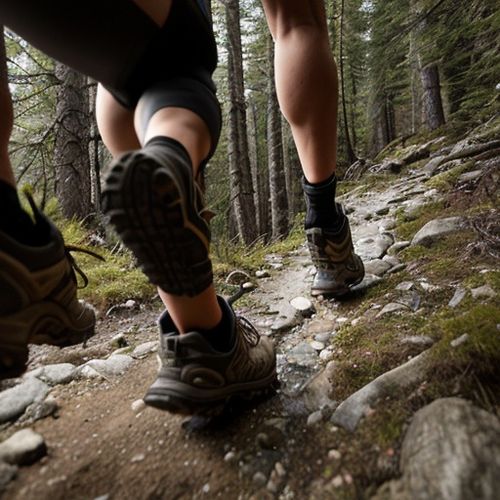
By Noah Bell/May 8, 2025